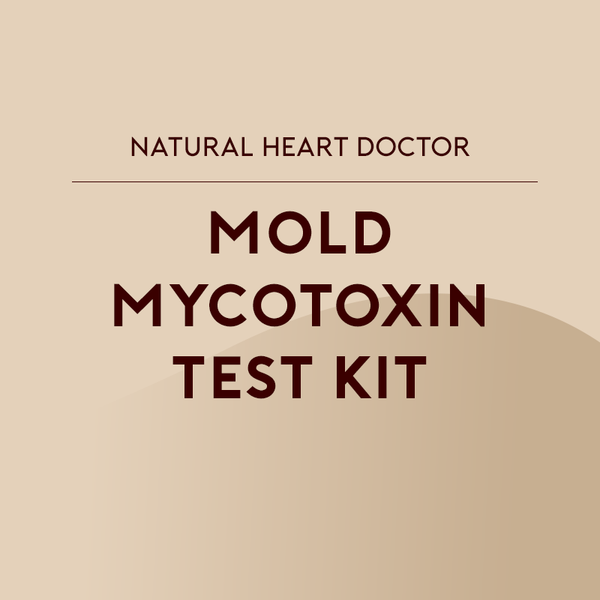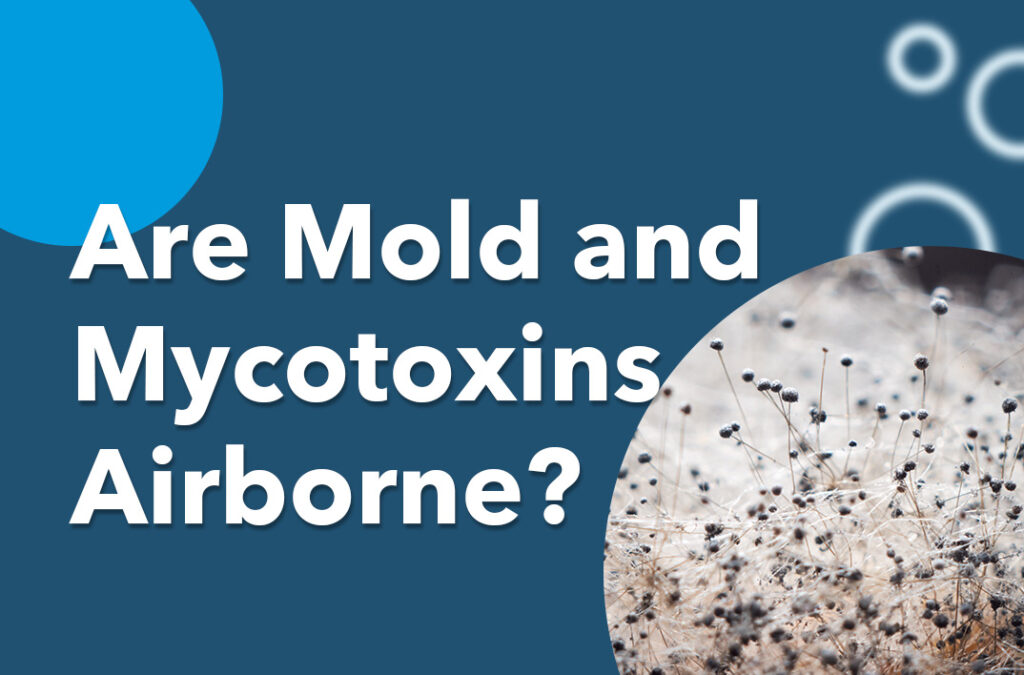Ensuring Compliance With Rules: the Role of Mycotoxin Testing in Quality Control
Making certain conformity with strict policies is vital for maintaining food security, and the function of mycotoxin screening in quality assurance can not be overstated. Mycotoxins, hazardous compounds created by specific molds, pose significant health threats, making their discovery important in food manufacturing. Adherence to regulatory requirements, such as those established by the FDA and EU, calls for robust screening techniques and modern technologies to determine and quantify these impurities. By carrying out detailed testing procedures, firms can prevent potential health and wellness crises, stay clear of pricey recalls, and keep customer count on. Nevertheless, the complexities of these testing processes raise essential questions about their performance and efficiency.
Comprehending Mycotoxins
Understanding mycotoxins is fundamental to ensuring the quality and security of farming items. Mycotoxins are harmful second metabolites generated by certain species of fungi, generally found in foodstuffs such as nuts, grains, and seasonings. These compounds can develop at numerous phases of the food manufacturing process, from pre-harvest to storage, and position significant health dangers to both human beings and pets (Mycotoxin testing Services). One of the most notorious mycotoxins include aflatoxins, fumonisins, ochratoxins, and trichothecenes, each related to details fungal species and ecological problems.
The existence of mycotoxins in foodstuff can lead to intense and persistent wellness problems, consisting of liver damage, immune reductions, and cancer causing results. Their detection and metrology are important components of quality control in farming and food markets. The intricacy of mycotoxin contamination necessitates a complex strategy, utilizing innovative analytical techniques such as liquid chromatography, mass spectrometry, and enzyme-linked immunosorbent assays (ELISA) By recognizing the sources, kinds, and effects of mycotoxins, stakeholders in the agricultural sector can much better implement preventative procedures and minimize dangers, guaranteeing much safer intake for end-users. This understanding develops the bedrock upon which efficient mycotoxin administration practices are developed.
Regulatory Requirements for Mycotoxins
Having actually established a fundamental understanding of mycotoxins and their influence on food safety, it is vital to review the regulative criteria controling their visibility in farming products. Regulatory requirements for mycotoxins are vital because they define acceptable limitations, making sure food security and securing public wellness. Different worldwide and nationwide firms have actually established these restrictions based upon comprehensive threat evaluations.
The Codex Alimentarius Commission, an international body established by the FAO and WHO, provides standards and maximum permitted levels for different mycotoxins in food and feed. As an example, the Codex has actually set limitations for aflatoxins in peanuts, maize, and dried figs, among other products. These requirements are often embraced or adapted by individual nations to fit their particular needs.
In the European Union, Guideline (EC) No 1881/2006 states optimum degrees for numerous mycotoxins, such as aflatoxins, ochratoxin A, and deoxynivalenol, in different food. The United State Food and Medication Management (FDA) has established action degrees for mycotoxins like aflatoxins in commodities such as grains and nuts.
Adherence to these regulative criteria is crucial for preserving market access, customer trust fund, and public health and wellness. Non-compliance can result in substantial economic losses and health and wellness dangers, emphasizing the importance of rigid mycotoxin testing procedures.
Evaluating Approaches and Technologies

ELISA is widely valued for its fast and economical screening capacities, making it suitable for high-throughput settings. It depends on antibodies to find details mycotoxins, giving lead to a reasonably short time structure. Its level of sensitivity may be restricted contrasted to much more advanced strategies.
HPLC, on the view other hand, masters offering quantitative evaluation with high accuracy and accuracy. It divides complex blends into specific components, making it extremely reliable for recognizing and quantifying several mycotoxins concurrently - Mycotoxin testing Services. This technique, while a lot more taxing and resource-intensive than ELISA, uses a greater level of reliability

LC-MS represents the pinnacle of analytical specificity and sensitivity. Combining the separation power of fluid chromatography with the detection capacities of mass spectrometry, LC-MS can identify also trace degrees of mycotoxins. This technique is important for validating the visibility of mycotoxins in regulative and forensic contexts, making certain conformity find this with rigid security requirements.
Executing Evaluating Methods

Incorporating these innovative testing methods into an extensive quality assurance framework requires a well-structured strategy to implementing testing methods. To achieve this, organizations should initially conduct a detailed risk assessment to identify prospective mycotoxin contamination factors within the supply chain. This analysis educates the growth of a customized testing strategy that attends to certain susceptabilities.
Following, establishing standardized sampling procedures is important. Constant tasting ensures that test results are reliable and representative of the whole set (Mycotoxin testing Services). Complying with standards from regulative bodies, such as the FDA or EFSA, aids keep conformity and improves the reputation of the screening process
Training personnel is another crucial part. Staff should be skilled in both sample collection and the procedure of screening tools. Normal training sessions and certification programs can make certain that staff member remain upgraded with the current methods and regulatory adjustments.
Benefits of Mycotoxin Evaluating
Mycotoxin testing supplies various advantages that substantially enhance the safety and security and top quality of food and feed items. Primarily, it works as a crucial control action to avoid polluted items from getting to the consumer market, consequently safeguarding public health and wellness. By recognizing and quantifying mycotoxins such as aflatoxins, ochratoxins, and fumonisins, producers can make sure that their items meet rigid governing criteria, hence staying clear of prospective legal repercussions and connected prices.
Furthermore, mycotoxin testing adds to the financial feasibility of food and feed sectors by decreasing the risk of massive item recalls. The ability to find and isolate contaminated sets early in the production process lowers waste and avoids the monetary losses associated with broken brand name credibility. Additionally, it promotes customer trust and loyalty, as clients are significantly familiar with food safety and security concerns and demand higher quality requirements.
The execution of regular mycotoxin screening additionally promotes best practices pop over to these guys within agricultural and manufacturing industries. By adhering to rigorous testing protocols, companies can optimize their high quality control processes, improve operational efficiency, and make certain the regular manufacturing of secure, top quality products. Finally, the benefits of mycotoxin testing are multifaceted, adding to public wellness, economic stability, and industry honesty.
Verdict
Mycotoxin testing is crucial in ensuring conformity with regulative requirements, thus keeping food security and quality assurance. By methodically finding damaging mycotoxins, this practice aids reduce health threats, avoid lawful consequences, and stay clear of financial losses related to product remembers. Executing durable testing procedures fosters customer trust and self-confidence in food safety methods, inevitably supporting the honesty and track record of food businesses. Hence, mycotoxin testing continues to be a crucial element of modern food safety monitoring systems.
Guaranteeing conformity with rigid regulations is extremely important for preserving food safety, and the function of mycotoxin screening in quality control can not be overstated.In the world of mycotoxin testing, advanced technologies and techniques are crucial in ensuring food security and regulative compliance.Mycotoxin screening offers various benefits that dramatically improve the safety and top quality of food and feed items.Mycotoxin screening is critical in ensuring conformity with regulative criteria, thereby maintaining food security and top quality control. Hence, mycotoxin screening stays an essential component of modern food safety and security monitoring systems.